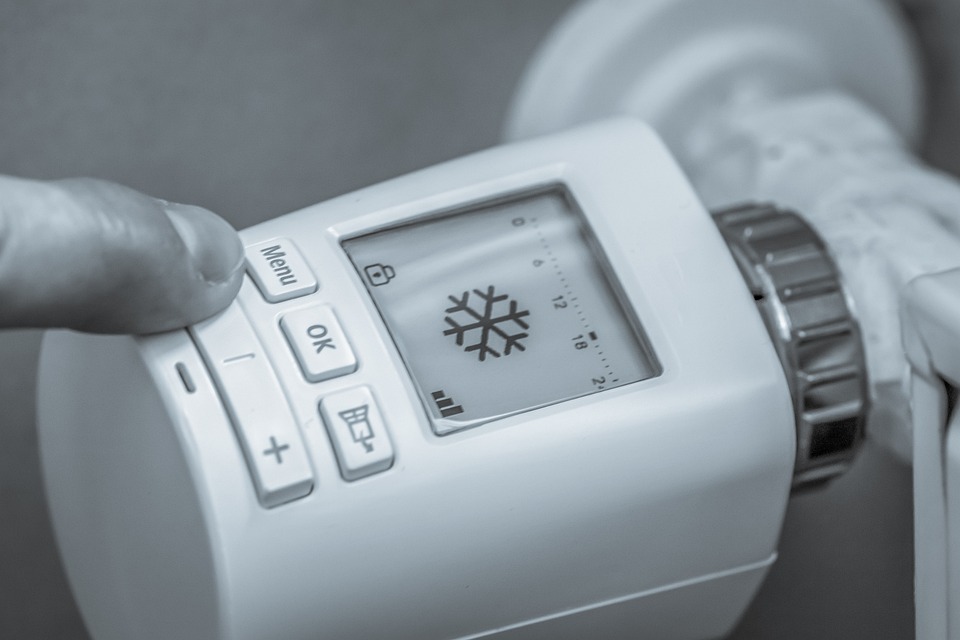Introduction
As the world becomes increasingly digital, technology is not only shaping how we communicate and work but also how we manage and conserve energy. With growing environmental concerns and rising energy costs, leveraging technology for energy conservation is more important than ever. In this article, we will explore the various ways technology can be utilized to enhance energy efficiency and contribute to a more sustainable future.
Smart Home Devices
One of the most accessible ways to use technology for energy savings is through smart home devices. These devices include smart thermostats, lighting systems, and appliances that can be controlled remotely through smartphones or voice-activated assistants. Smart thermostats, for example, learn your schedule and preferences to optimize heating and cooling, reducing unnecessary energy consumption. Similarly, smart lighting systems can be programmed to turn off when not in use, thereby cutting down on electricity bills.
Energy Management Systems
Energy management systems (EMS) are comprehensive solutions that monitor and control energy consumption in residential, commercial, and industrial settings. These systems use advanced sensors and data analytics to provide real-time insights into energy usage patterns, enabling users to identify inefficiencies and make informed decisions to reduce waste. By integrating EMS with renewable energy sources like solar panels, users can further enhance their energy savings.
IoT and Energy Efficiency
The Internet of Things (IoT) is revolutionizing energy conservation by connecting everyday devices to the internet, allowing for seamless communication and control. IoT-enabled devices can collect and share data, providing users with valuable insights into their energy consumption. For instance, IoT sensors can detect when a room is unoccupied and automatically adjust lighting and temperature settings, ensuring energy is not wasted. This level of automation and intelligence can lead to significant energy savings over time.
Artificial Intelligence and Machine Learning
Artificial intelligence (AI) and machine learning are playing a pivotal role in optimizing energy efficiency. By analyzing large volumes of data, AI algorithms can predict energy usage trends and suggest personalized conservation strategies. Machine learning models can also improve demand response programs, helping utilities balance supply and demand more effectively. This not only reduces energy waste but also stabilizes the grid and prevents blackouts during peak periods.
Renewable Energy Integration
Technology is also facilitating the transition to renewable energy sources, which are crucial for sustainable energy conservation. Innovations in solar and wind energy technologies, along with improved battery storage solutions, are making it easier and more cost-effective for individuals and businesses to harness renewable energy. Smart grids, powered by digital technology, are enabling better integration and distribution of renewable energy, ensuring it is used efficiently and effectively.
Conclusion
In a world where energy conservation is crucial for environmental sustainability and economic savings, technology offers a powerful toolset for achieving these goals. From smart home devices and energy management systems to IoT, AI, and renewable energy integration, there are numerous ways to leverage technology for energy efficiency. As these technologies continue to evolve, they hold the promise of a future where energy conservation is not only feasible but also seamless and highly effective.


